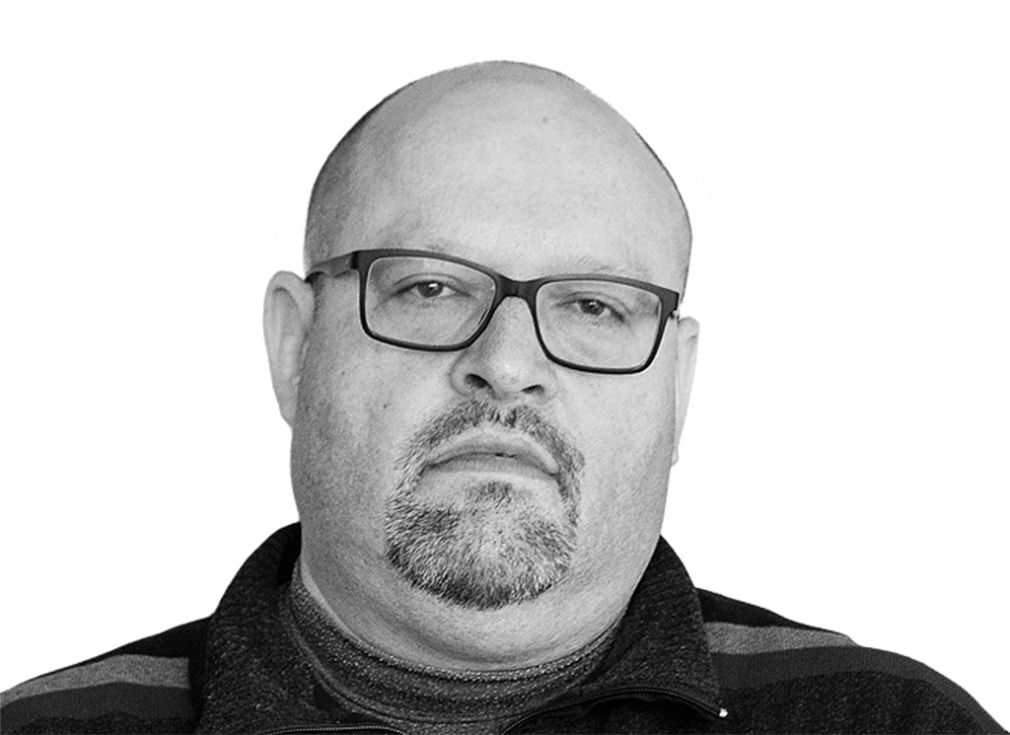By: Dr. Matevž Tomšič
From time to time, a show on national television also angers our progressive and revolutionary forces, who think that this institution belongs to them. We know how they shouted the slogan “RTV is ours”. This is usually an interview conducted by Jože Možina with a “morally and politically inappropriate” individual. Let us remember what a mess it was when, years ago, the historian Jože Dežman uttered some unpleasant truths about the true character of the so-called national liberation struggle. And in doing so, he sharply denounced the organisation, which declares itself to be the bearer of its traditions. The association of “fighters for the values of NOB” has launched a real campaign against the interviewee and the host of the show. Protest rallies were organised, and left wing politicians wrote horrific letters to the national leadership.
A similar thing happened after a recent interview with a lawyer and one of the ideologues of the DEMOS coalition, Peter Jambrek. He exposed the Communist Party as a fundamentally criminal organisation that abused the situation during World War II to carry out a revolution and establish its own monopoly of power, while relentlessly settling accounts with all actual or imaginary opponents to achieve this goal. And their successors today are not much different. Thus, he compared Friday’s cycling protesters to Nazi brown-shirted people who intimidated Germany with their marches before and after Hitler came to power, which, as expected, provoked a wave of outrage on the left.
Jambrek – like Dežman before him – did not say anything that someone else would not have said before him. What matters is where it was said – on “central” television, on a prime Sunday evening. On the ground that leftists consider their own.
The radical part of the left has always attributed the opposite political pole flirting with fascism. “Janšism”, for which they wish death, has, so to speak, a synonym for it. Whenever Janez Janša comes to power, they start shouting that he is introducing a dictatorship.
But if there is anything reminiscent of the manners of fascists and members of other anti-democratic movements, it is the behaviour of such “fighters for social justice.” This is reflected both in the current protests and in the protests during the so-called popular uprisings in 2012 and 2013. But this is not limited to Slovenia. We have seen the same in various anti-globalist protests at the beginning of this millennium and in the rampage of Antifa and similar groups today.
The usual manifestations take place in such a way that the participants gather at a certain place, carry out their programme there, present their demands publicly, and then the crowd slowly disperses. Driving, marching, and parading around cities, however, are quite intimidating, especially when accompanied by battle cries and menacing banners. Circling around the center of Ljubljana, practiced by Friday’s cycling, was symbolically seen as a kind of encirclement of the enemy. Or burning certain objects, such as burning cardboard chairs in the square in front of parliament. This was the regular practice of extremists, from Italian fascists to American ku-klux clans. Not to mention the torchlight processions – which we also witnessed at Friday’s protests – which were very popular among National Socialist brown-shirted people.
Nazism, fascism, and communism are very similar both in their methods of reckoning with all who stand in their way, as well as in their symbolism, iconography, and rituals. They all seek to destroy those who oppose their ideology. Adherents of various forms of tyranny are often not even aware of these similarities. Therefore, they discover in others what is characteristic of them.
